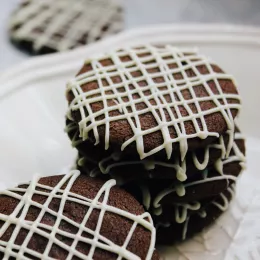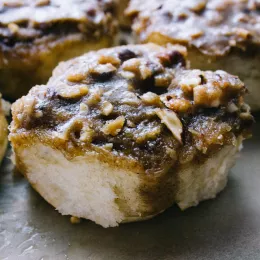Learning about the history of food is an excellent way to understand why we cook the way we do today. Some flavors and ingredients from years ago have long been forgotten, yet many have been modernized with the changing times. Just like music, art or theater, food reflects the culture of different regions around the world and provides insight into our values and traditions.
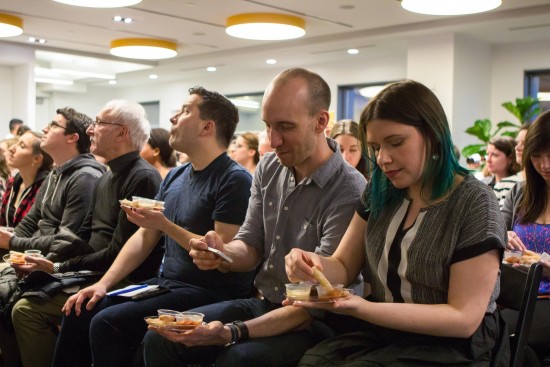
As a student of cooking, I was immediately intrigued when I came across a listing for an event called “The Masters of Social Gastronomy: Fried Foods” at ICE. A look into the history and science behind fried foods? An examination of the how churros became popular in America? A live churro-making demonstration? Sign me up!
The class was taught by historic gastronomist Sarah Lohman and the co-founder of Brooklyn Brainery, Jonathan Soma. Sarah shared the story of how churros made their way from medieval Europe to Mexico to America. There was even a special focus on the churros that are sold on NYC subway platforms! Soma dove into the world of frying techniques, with a specific examination of fried chicken.
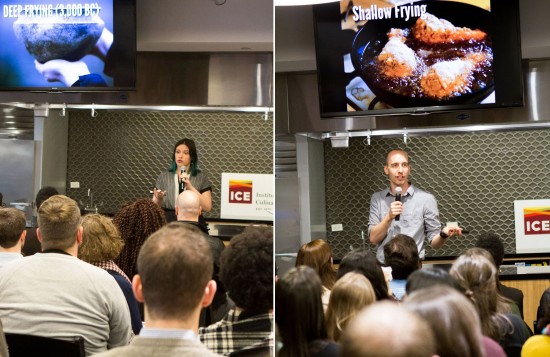
Over the course of her talk, Sarah explained that deep-frying originated in 3,000 B.C. and that the first styles of fried foods originated in India and the Middle East. Interestingly, churros began as a festival food containing sugar, eggs and fat (olive oil or rendered lard) and it was an expensive treat. Nowadays, you can get two churros for $1 in the New York City subway—though the people who sell those churros are often subject to fines and other hardships.
After Sarah finished sharing the history of these delicious golden treats, Chef Jenny McCoy from ICE gave a live demonstration on how to make churros. Extra bonus: we got to eat these churros. A few important takeaways from Chef Jenny’s demo:
- 325-350°F is a good temperature range for chewy and golden churros.
- Use a star-shaped pastry tube tip when piping the churro batter into the hot oil.
- When discarding used oil, don’t dump it down the sink. Instead, pour the oil into an old coffee can and discard it in the trash.
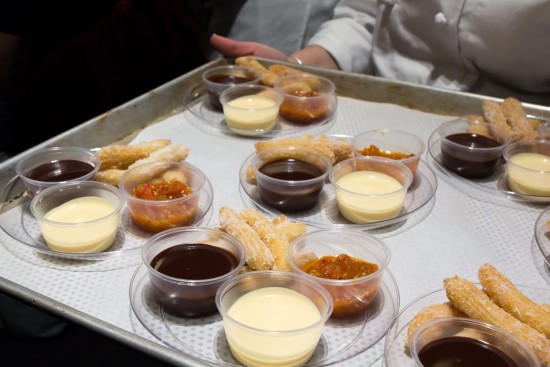
To finish off the evening, Soma shared the science behind deep-frying, complete with graphs, charts and images. Deep-frying relies on liquid but is a dry heat cooking method. The reason is that moist cooking methods rely on water penetrating your ingredients, whereas frying something in fat or oil causes water to escape whatever is being fried. The temperature of the oil, the batter you use and how you choose to leaven the batter (beer or soda water are always good options!) make deep-frying a creative and complex cooking technique.
Since attending this event at ICE, I have taken more time to think about the history of the food I eat, as well as the science behind my cooking. Additionally, I’ve taken on a mission of eating as many subway churros as I can—and I recommend you do the same!
Click here to learn more about lectures and cooking demonstrations at ICE.



